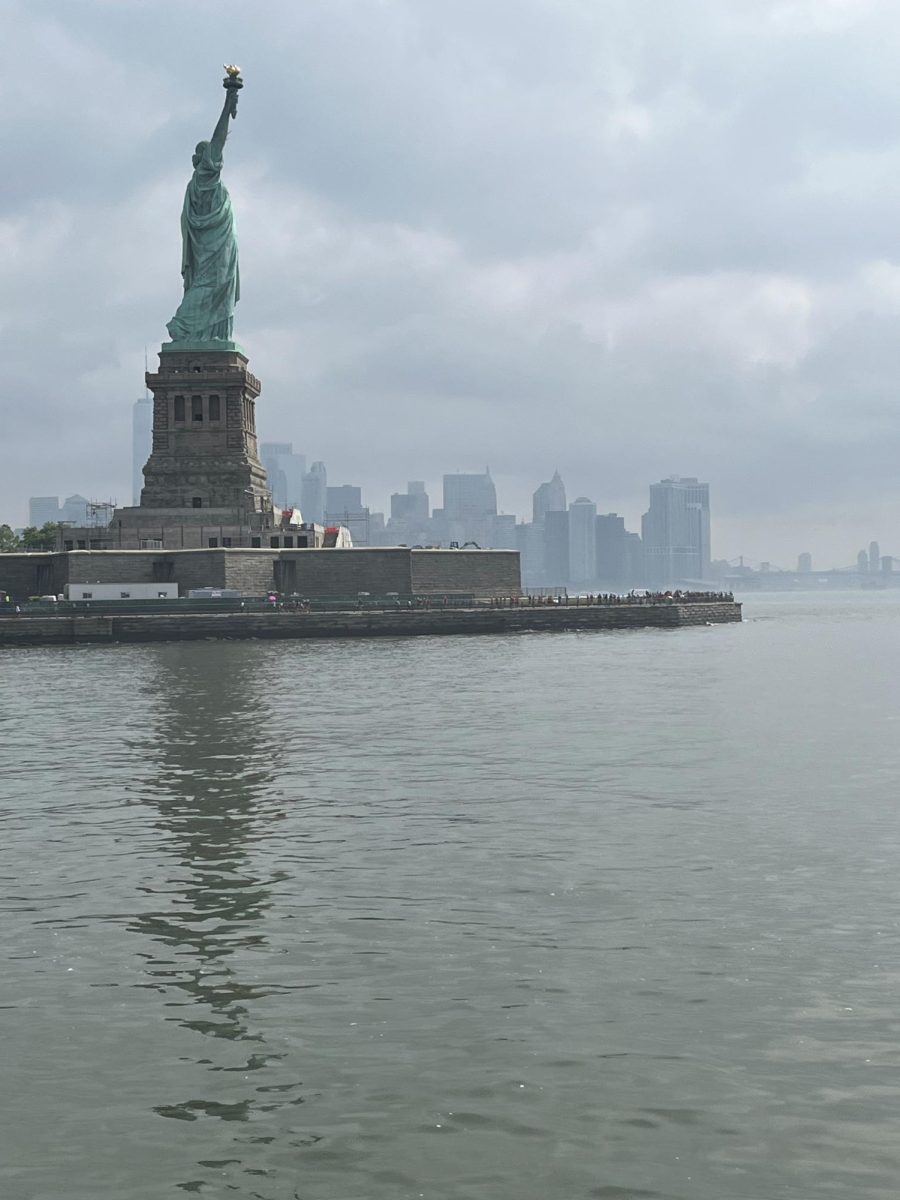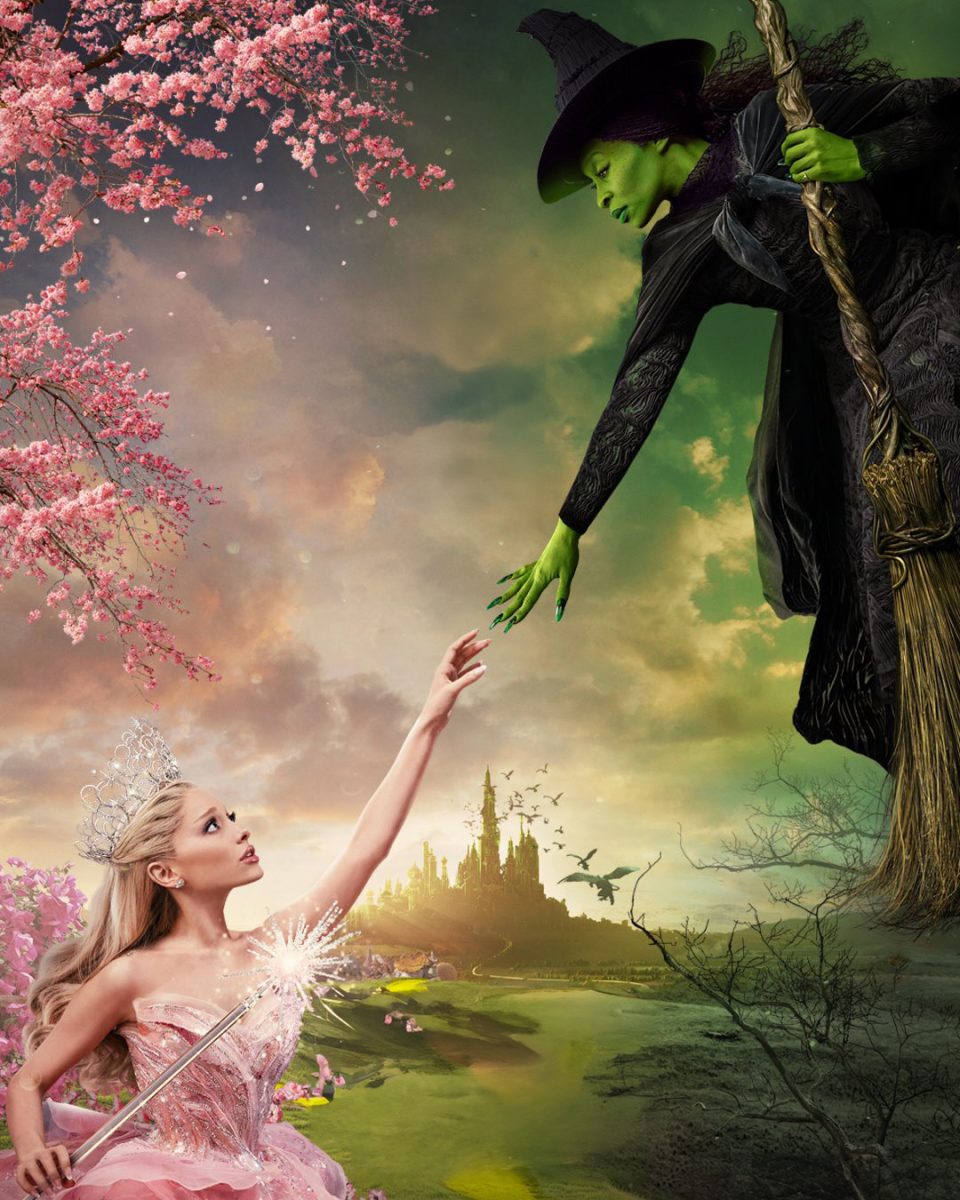The Mona Lisa is Deadly to the Art World

October 12, 2022
Earlier this year, a video of a man disguised as an old woman throwing a cake at the Mona Lisa went viral. As he’s being hauled off by Lourve security, he erupts in anger with activist comments on climate change. It’s apparent that his motives were to draw attention to his environmental cause by defacing a historical artifact This just goes to show the public’s obsession with the Mona Lisa is a deadly one that is fatal to the appreciation of art.
According to TheBetterVacation.com, about 10 million tourists visit the portrait every year. No other famous painting even comes close to the Mona Lisa including pieces like Van Gogh’s Starry Night and Johannes Vermeer’s Girl with the Pearl Earring. It can be argued that Mona Lisa sparks people’s interest in art with its prestige and thus provides recognition to the art world as a whole. In reality, it’s actually the opposite. The room where the Mona Lisa is located, Salle des États, is overcrowded with eager viewers waiting to get a peak at De Vinci’s portrait. Since viewers are dying to get a good look and even a great photo of the Mona Lisa in less than a minute, they don’t have the opportunity to admire the other masterpieces on the surrounding walls such as The Wedding Feast at Cana by Venetian painter Veronese.
Despite the large audience for the artwork, most people leave the Lourve disappointed. It was even voted the “World’s Most Disappointing Attraction” according to Independent.Co. And it’s not a surprise. After facing numerous attempts of being vandalized or stolen, the painting is surrounded by bulletproof glass and buff security. Visitors can’t even stand next to it or reminisce in its glory because they’re shoved out moments later to allow the thousands of other tourists behind them. This causes the overall experience to be extremely underwhelming, leaving people sad and disappointed. Art should evoke several different feelings, including glee, curiosity, and awe but never disappointment.
The Mona Lisa deserves recognition, but it’s apparent that the notoriety around the portrait has shifted from admiration of its beauty to a symbol of scandals. According to Britannica, In 1911, when the Mona Lisa was first stolen, it started to receive unprecedented attention worldwide, and ever since then, it has stayed in the global spotlight. This causes people to only value the Mona Lisa for its popularity and status rather than appreciate it for its hidden meanings or De Vinci’s skill.
This problem stems from the public’s perception of the famous portrait. Instead of noting her Instagram worthiness, reporters should inform the public about its Renaissance-era history. This isn’t just the news outlet’s burden, it’s also us, the consumer, who also need to do our part. Instead of focusing on Mona’s juiciest drama, people should take time to learn about De Vinci, the Renaissance, or even the real woman in the painting























